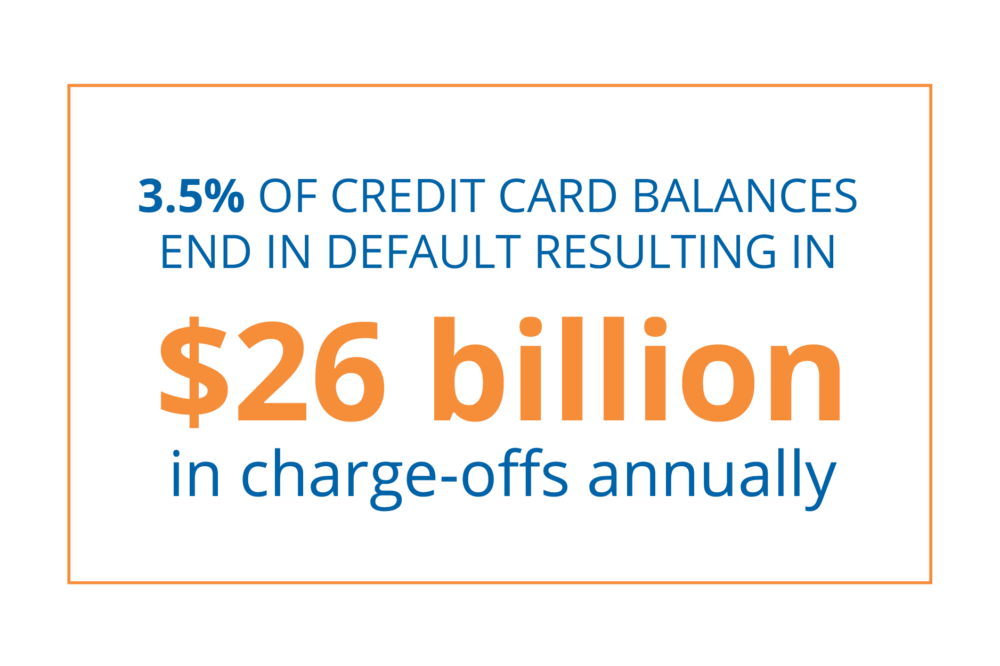Behavioral Design Guide: A Financial Health Approach to Credit Card Products
Learn how to design credit products that address consumer challenges and improve financial health outcomes by applying proven behavioral science techniques.
By Hannah Gdalman, Heidi Johnson, Zaan Pirani
-
Category:

How Revolving Credit Card Debt Impacts Customers and Providers
Millions of people struggle to keep up with revolving balances on their credit cards. This leads to a cycle of ongoing debt that weakens financial health for consumers and increases charge-offs for providers.

Create Credit Products that Improve Financial Health
Designing credit products that improve financial health for your customers will help build long-lasting customer relationships and create a foundation for sustainable long-term growth for your business. Customers who believe their financial institution supports their financial health are:
-
- 3X more satisfied
- 3X more likely to refer a new customer
- 5X more likely to buy additional products and services
Behavioral Design for Credit Card Product Managers
Behavioral science is a powerful tool for institutions to support broader equity strategies, deliver effective products at a low cost, and unlock better business and customer outcomes. This guide offers credit card providers:
-
- Insight into the behavioral science principles shaping credit card usage
- Specific recommendations for designing behaviorally-informed credit products
- Real-life examples of successful behavioral design in credit products to jump-start innovation
Behavioral Design in Action: Payment Amounts
Nearly a quarter of consumers who make minimum payments toward their credit card balances do so because of anchoring, in which the minimum payment pulls down the amounts people choose to pay. However, an online study showed that people paid 76% more when the current balance was included among a credit card’s payment options. Because the current balance is usually higher than the statement balance, simply adding this option can adjust the anchor and encourage customers to make larger payments.
By understanding what drives consumer decisions, credit card providers can design products that work with cognitive biases and mental shortcuts to promote financially healthy decision-making.
Our Supporter
This guide is made possible through the generous support of MetLife Foundation, a founding supporter of our financial health work.

Explore Our Behavioral Design Guides
Our Behavioral Design Guide series compiles rigorous research to provide product managers, designers, and strategists with a behavioral framework for building financial health products. Read other guides from the series here.
Behavioral Design Guide: Tools To Manage Spending
See how to design tools that help people manage their spending and improve financial health outcomes by applying promising approaches from behavioral science.
Behavioral Design Guide: A Financial Health Approach to Employer-Sponsored Retirement Savings Plans
Learn how to design employer-sponsored retirement savings plans that support worker financial health by improving participation, savings behavior, and savings balances.
Behavioral Design Guide: A Financial Health Approach to Insurance
Learn how to design insurance products that support financial resilience and foster sustainable relationships with customers using proven behavioral science techniques.
Written by
Behavioral Design Guide: A Financial Health Approach to Credit Card Products
Explore the trends. Discover new insights. Build stronger strategies.





